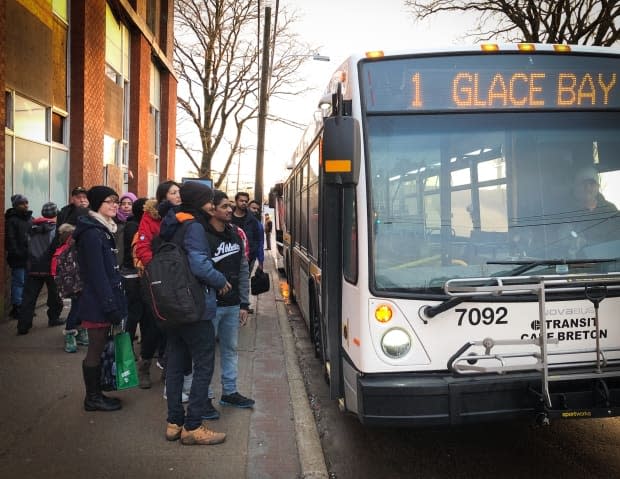New data shows steep drop in shopping, transit use during N.S. COVID-19 lockdown

New data on the movements of Nova Scotians shows a major drop in shopping and transit use as strict COVID-19 restrictions continue.
A report from Google based on users' location history data shows mobility around retail and recreation sites like restaurants, shopping centres, stores and libraries is down 50 per cent provincewide from the baseline. The baseline is the median value for the corresponding day of the week during the period of Jan 3. to Feb. 6, 2020.
Scott Farmer, deputy minister for Nova Scotia's Department of Inclusive Economic Growth, brought up the report during Wednesday's public accounts committee as a positive sign people are following public health rules.
Only stores selling essential items are open for in-person shopping under the current restrictions, while the province has asked residents to designate one shopper per household.
"People seem to be adhering to the requirements and just getting the essentials," Farmer told the committee.
"We know that it's difficult for the retailers who are limited to curbside and delivery. The best way to get them back fully open is to stop the current spread."
The report, which is from Saturday and examines patterns dating back to late March, also said mobility around parks and beaches was down 32 per cent in Nova Scotia, while transit dropped 68 per cent, grocery and pharmacy dropped 19 per cent, and workplaces were down 27 per cent.
Movement around people's places of residence went up 15 per cent.
Farmer noted what's essential for one person may not be for another, which is why it's difficult to limit what products people can buy.
"If I wanted a blender that better matched my kitchen, clearly not essential. If someone needs a blender because they use it to make baby food and theirs is broken, then that's essential," Farmer said.

The report, called the COVID-19 Community Mobility Report, also broke down mobility trends by county, with Halifax and Cape Breton regional municipalities seeing large changes in various sectors.
In Halifax, transit was down 69 per cent, retail and recreation fell by 58 per cent, parks dropped 46 per cent, workplace movement was down by 34 per cent, and grocery was down 24 per cent.
For CBRM, the largest decline was in transit, which dropped 72 per cent. Retail was down 37 per cent, workplaces down 25 per cent and grocery fell 16 per cent.
Other counties showed workplace movements dipping between 30 and 16 per cent in most areas, besides Inverness where it fell four per cent.
The report said the mobility changes are calculated using the same kind of aggregated and anonymized data used to show popular times for places in Google Maps.
The data is drawn from users who have opted in to location history for their Google account, so it only represents a sample of users which "may or may not" represent the exact behaviour of a wider population, the report said.
The Nova Scotia report is one of many Google has been releasing since the beginning of the pandemic for locations around the world. Each shows trends over several weeks.
MORE TOP STORIES

 Yahoo Finance
Yahoo Finance 